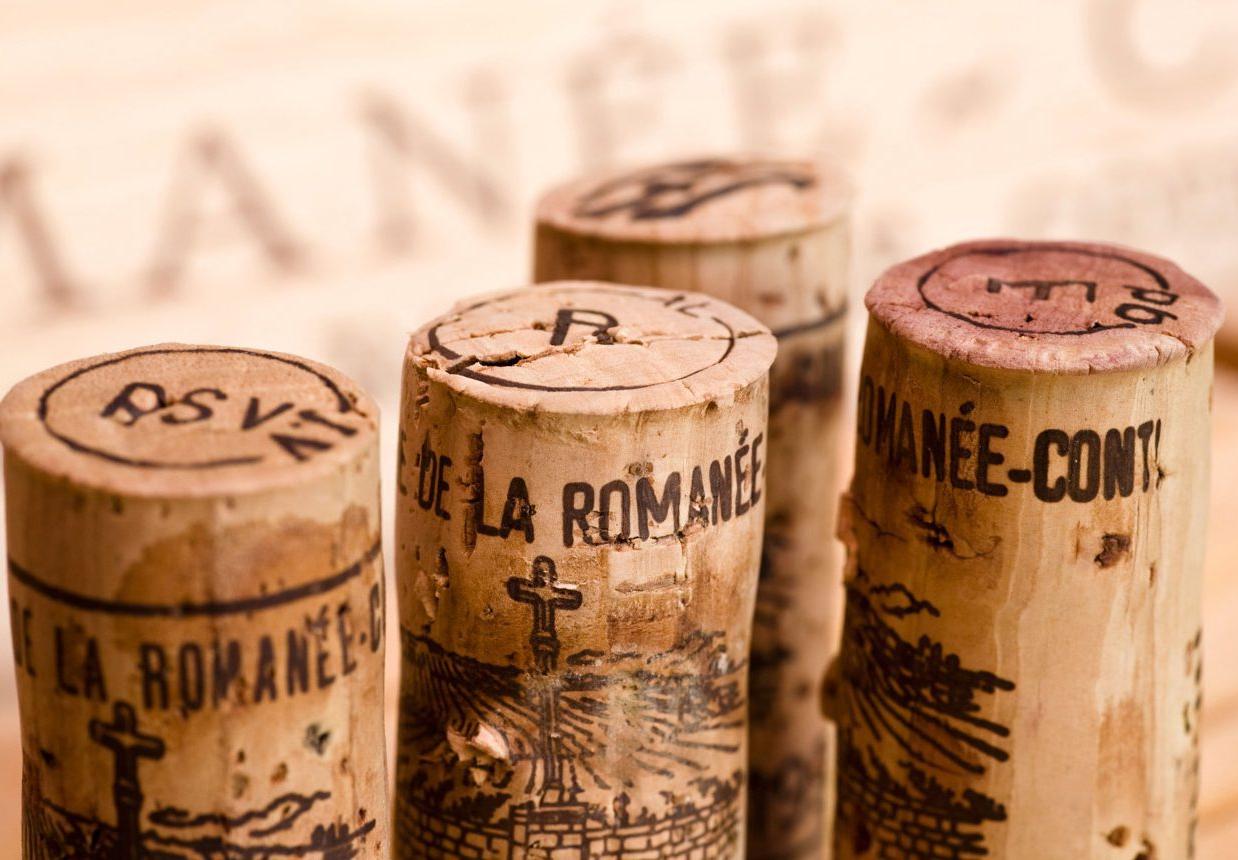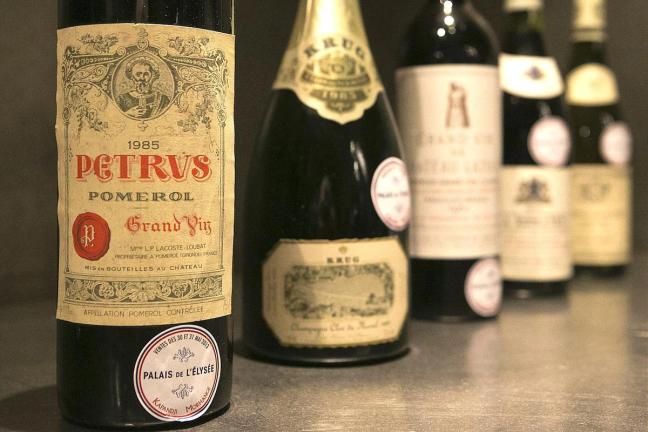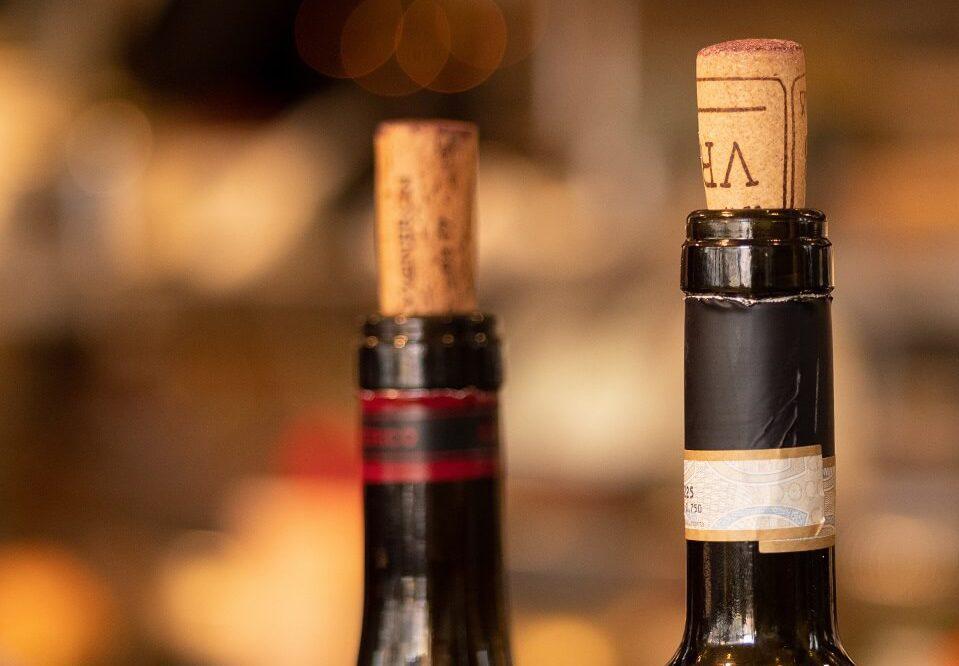Confessions of a wine detective
In November 2019, I saw a bottle of 1990 Pétrus – a great vintage of a great Bordeaux wine – offered by a Sussex auctioneer at an estimate of £200-300. Having previously sold a bottle of this wine at £4,500, I was excited at a possible bargain that could be resold at significant profit (or even drunk at negligible cost).
But, once I’d got the sleep out of my eyes, a closer inspection of the images showed the bottle to be of doubtful authenticity. It was a counterfeit Pétrus – and not a very good one, either.
The bottle was the wrong shape. The shoulders of a genuine Pétrus bottle are longer and lower. Wax capsules are never used on Pétrus 75cl bottles. They are used only for large formats and then very occasionally. Jéroboams of 1970 and Impériales of 1989 had wax seals but otherwise I’ve never seen them on genuine Pétrus bottles of any size.
I contacted the auctioneer to advise that the bottle was counterfeit and to suggest that it be pulled from the sale. It was withdrawn, sparing the auctioneer of further embarrassment and the prospect of wilfully selling counterfeit wine – which is criminal fraud.

My first exposure to counterfeit fine wines was via The White Club, a Swiss-based fine wine “club” established and managed by two charming and attractive Danes. The “club” was a moveable feast, holding highly-priced fine wine dinners around the world at which exceptionally rare bottles were opened.
In April 2013, The White Club held a Domaine de la Romanée-Conti dinner in London, which I had agreed to co-promote and co-host. Everybody had a nice time drinking aged examples of the world’s most expensive wine. But the experience was for me very unsatisfactory and I decided not to have any further dealings with The White Club: too feckless, too unreliable, and too devious. I retained the empty Romanée-Conti bottles as souvenirs of the evening.
In January 2014, a Danish journalist contacted me to say that he had strong evidence to show that The White Club had been serving fakes at its events. I asked to see this evidence and the penny dropped. At least two of the bottles that were served in London had been used at previous events – that is, they had been refilled.
I got the empty bottles out of storage and for the first time had a long, hard look at them. I worked out that six of the nine DRC wines opened in London were counterfeit. From then on, I vowed that I would never be caught out like that again.

One of the onanistic fine wine enthusiasts on Wine Berserkers.com is a Los Angeles lawyer called Donald Cornwell. Without any supporting evidence, he accused me of being part of The White Club’s fraud.
Mr Cornwell is frequently wrong but never in doubt. For example, in addition to accusing me of being a wine fraudster, he has insisted that a bottle of 1945 La Tâche – a rare and prestigious Burgundy wine – in an auctioneer’s image showed the “dark green glass typical of the era.”
Er, no it doesn’t.
There was a wartime shortage of chromium, which gives glass a deeper green colour. Chromium was used – with iron – to make stainless steel rather than wine bottles. So wartime bottles are pale-coloured. Michael Broadbent, former head of Christie’s Wine Department and who has probably seen and tasted more old wines than anybody alive, refers to a “pale green wartime bottle” in the note on 1942 Richebourg – a vineyard close to La Tâche – in his book Vintage Wine.
Mr Cornwell liked to gang-up on me with Maureen Downey, described by the Institute of Masters of Wine as “an independent expert on fine and rare wine and wine collection management, and (who) is one of the foremost global authority (sic) on wine fraud, counterfeit wine and fine wine authentication.” (This is surely the San Francisco-based Downey’s self-penned description that nobody at the IMW bothered to proofread.)
I got fed-up with waking up on Sunday mornings to be greeted by her Twitter rants against me, which only occasionally resemble English and then, one suspects, only accidentally. So I blocked her on all social media and ignored her. (™The Arden Fine Wines Anti-Troll Technique.)

In 2018, my blissful Downey-free life was disturbed when I read a report titled “As much as US$550 million worth of fine wine from imprisoned counterfeiter Rudy Kurniawan may still be in the market, according to Maureen Downey”. (Rudy Kurniawan was a fraudster who sold counterfeit fine wines. He was arrested in March 2012.)
My first reaction to that figure was: “That’s absolute bollocks”. The fine wine auction market totalled $381.7 million in 2017, according to Wine Spectator. And here was Maureen Downey claiming that one person had created more counterfeit bottles of fine wine than bottles (genuine or otherwise) are sold in a year by the world’s leading auction houses. It defies credibility.
Upon closer investigation, it turned out that the Downey total – like the sun – kept rising every morning.
In an interview published in April 2014, Downey was quoted as saying that “The fact is that from 2002, Rudy was selling as much as $1 million worth of wine each year up to his arrest.” This means that, at most, he sold $10 million of wine.
In August 2014, only four months after this interview had been published, Downey declared in another publication, “Rudy sold $130 million worth of fake wine”.
In December 2016, it had reached $550 million. And by October 2018, Downey claimed that $592,222,222–$683,333,333 was the “Value of Rudy K made wine (sic) that still exists in the market”.

Downey wrote, “Because we are missing 81.7% of the time/banking data to see what was paid in, and 53.2% of known (sic) auction consignments sales revenue, plus a myriad of other sales for which we have zero data despite knowing they occurred (sic), it is fair and necessary to add in some amount to represent the considerable missing sales data.”
The FBI and other US legal authorities seem to have missed the data revealed only to Miss Downey. By her own admission here, she made-up most of the figures.
It is hard to say whether these misrepresentations are simply errors of judgement caused by a poor grasp of the figures, or wilfully done in order to promote Downey’s vested interest in there being counterfeit wines in the market. Such noisy carelessness makes one wonder how much else is incorrect in the work of Maureen Downey.
At Arden Fine Wines, my sole concern is that whatever I’m buying or selling is genuine and as good an example of a specific wine as is possible. It’s called integrity (ideally supported by literacy and numeracy) and – as I have demonstrated – is sometimes missing in the fine wine trade.
Want more wine? We uncork the mysteries of shipwrecked wine…
Become a Gentleman’s Journal member. Find out more here.

Become a Gentleman’s Journal Member?
Like the Gentleman’s Journal? Why not join the Clubhouse, a special kind of private club where members receive offers and experiences from hand-picked, premium brands. You will also receive invites to exclusive events, the quarterly print magazine delivered directly to your door and your own membership card.